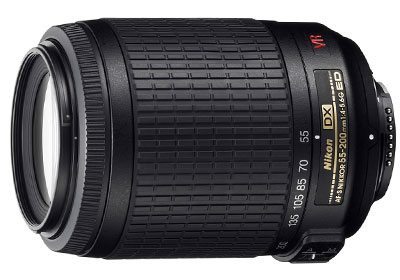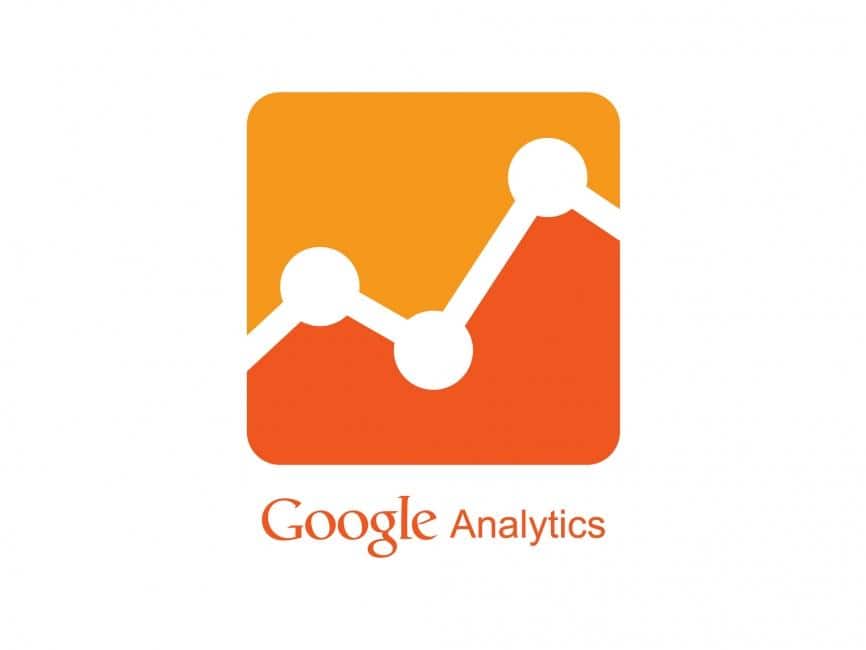Editor’s Note: The Blogging Resources have been moved over www.marriedtoyourbusiness.com where we dive into all the behind the scenes of our online business and how we generated over $150k this year.
We spend A LOT of time doing research for various products we'd like to buy or to add to our wish list, recipes we'd like to try, photos we'd like to take, software we'd like to use, etc. Then, we spend our energy, time and money on all those things. In doing this, we have learned what works and what doesn't.
So, we thought it would be helpful to create a resource page for all food bloggers so that you can come to for all your food blogging needs. We’ll add to it as we inevitably learn more and more, so stay tuned for updates.
FYI, we are an affiliate of some of the below links. However, all these suggestions are based on our experience and extensive research.
Food Photography Tools
Getting Started With Your Own Food Blog
Driving Traffic To Your Food Blog
Here is a list of the sites I use to generate traffic to our food blog. Most are food photo submission sites. There are tons of food submission sites out there. The ones listed here are just the ones that I submit to, pin or share with. It can take some time to go through the process of entering a submission although if you create a process to submit these it becomes easier. However the benefits are great for this. It’s not uncommon to see 1,000 – 1,500 people visit your blog in a day if you get a submission featured on the right site at the right time. Also creating more content and getting it in front of more eyes helps grow your brand and get more backlinks and social shares too.
- Foodgawker
- Tastespotting
- Tasteologie
- Healthy Aperture
- Finding Vegan
- Tasty Kitchen
- Yummly
I've also put together these posts on driving traffic to your food blog:
Food Blogging Seo - Everything you need to know about Food Bogging SEO and how to take action to generate more SEO traffic. Plus how we use SEO to generate over 150,000 visits and 200,000 pageviews to our site monthly.
7 Benefits of Having a Youtube Channel - Why as a food blogger you need a youtube channel and how it has helped us grow. Reaching over 1 million video views online 🙂















